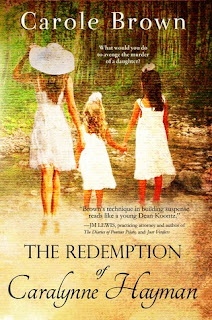About four years ago, on a searing Southern California afternoon, I came out to Tricia Stewart Shiu. It was a workday. There was nothing out of the ordinary about the event except for one small detail, which I’ll get to in a second.
She was driving on Pico Blvd. and making a left-hand turn into the Fox Studios Lot, when I sent out the news flash. As the information settled in, she managed to make her way to her parking spot, plod through the echoing NEB (New Executive Building) lobby and up to her reflecting fishbowl of an office. Wandering into the makeshift kitchen, her mind still abuzz, she filled the stainless steel electric kettle from the water cooler, pressed the button and waited for the rumbling boil.
Coffee had always been our ritual. In fact, it might have been one of the first things we did together. Every high-level executive assistant needs her “outlet” and that was ours. We’d chat for hours about all things work-related. It was during such conversations that her most prolific writing occurred. This time, though, she had no words.
Maybe I should have been more compassionate about my timing.
She silently grabbed a small coffee grinder, a bag of French roast beans, unfastened the clip, stuck her nose right into the bag’s opening and took a deep breath. Aside from the aroma of coffee, this was her favorite scent. The beans bounced into the grinder as she poured the oily darkness into the grinders container and held the button down, shattering the administrative quiet for exactly twenty seconds.
I’d noticed that Sarah had been a bit upset. It was probably because she sensed that I was holding something back, and well, I was. But from my perspective, timing is everything and Tricia just wasn’t ready for the information. Which brings me to the small, miniscule really, detail about my coming out to her. I, Sarah Marks, am the main character in her book, PLEASE HOLD. The coffee thing was our thing and this thing…I mean, finally telling her the truth…was a long, long time coming. Eight years to be exact.
She wiped the coffee grounds into the trash, then moved to the sink to meticulously wash and rinse the glass carafe and mesh plunger.
Damn, still no words! I hope I didn’t break her. I’m sure it’s happened before with other authors, why not Tricia? Maybe she thinks it’s all in her head? If that’s true, she will have sorely missed the point of “truth telling.” Within each of us we have a core Truth. As we uncover the layers, we slowly open up to our own knowing and, eventually, by telling those closest to us, we encourage others to uncover their own Truth.
After all these years of friendship and hard work invested, I can’t imagine she’d scrap the book.
She slowly counted the scoops as she inhaled in the nutty brown scent. Then, in a perfectly timed, “pop,” she grabbed the kettle and poured the steaming water into the french press. With a loud exhale, she stirred the mixture with a metal spoon before placing the plunger into the press and pushing it down. The remainder of the boiling water went into her usual white mug.
Ten minutes can be excruciating when you can’t read someone’s thoughts.
No timer needed. Tricia tossed the water out of the mug and poured the steamy brew into her pre-heated mug. During my wait, I had a lot of time to think. Screw her if she was blind to my Truth! Just because she is heterosexual doesn’t preclude her from kindness, understanding and acceptance.
Holding the mug up to her face, she inhaled the warmth and took her first sip. Savoring the experience, she exhaled and whispered, ever so gently, “I’m so proud of you, Sarah.”
Thanks for stopping by to share your food for thought, Tricia!
You can find Tricia here:































